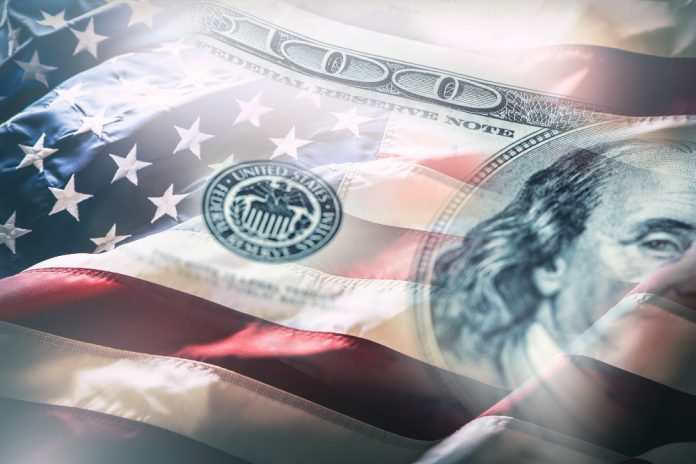In a recent report from the Commerce Department, the Federal Reserve’s preferred inflation measure revealed a cooling trend last month, indicative of diminishing price pressures amid elevated interest rates and a slowing economic growth trajectory.
The report disclosed that prices remained stagnant from September to October, a decrease from the 0.4% rise observed the preceding month. On a year-over-year basis, October recorded a 3% increase, marking a decline from the 3.4% annual rate seen in September and representing the lowest inflation rate in over 2 1/2 years.
Core prices, excluding volatile food and energy costs, also exhibited a deceleration. Rising just 0.2% from September to October, down from the 0.3% increase in the prior month. On a year-over-year basis, core prices registered a 3.5% increase, lower than the 3.7% observed in September. Core prices are closely monitored by economists for insights into the potential future trajectory of inflation.
The easing of inflationary pressures is anticipated to lead the Federal Reserve to maintain its key benchmark rate during its upcoming meeting in two weeks. Moreover, the latest data suggests that inflation may fall below the Fed’s projections for the final quarter of 2023.
In September, the Fed forecasted an average inflation rate of 3.3% for the October-December quarter, a projection that is now on track to be surpassed by lower actual price increases. This raises the likelihood that the Fed will not find the need for further interest rate hikes.
The central bank, which has raised its key rate 11 times since March 2022, may now be shifting towards a potential rate cut, with some economists speculating that the first cut could occur as early as late spring.
Christopher Waller, a significant Fed official, recently hinted at the possibility of a rate cut by spring if inflation continues to decline. Waller’s optimistic outlook contrasts with other Fed officials and signals that the rate increases may have concluded.
Despite Tuesday’s report indicating robust consumer spending that contributed to a 5.2% annual economic pace from July through September, Thursday’s report revealed a modest 0.2% rise in consumer spending for the latest month. Most economists expect a significant slowdown in growth during the current October-December period due to the cumulative impact of higher borrowing rates on consumer and business spending.
Inflation surged during the pandemic as heightened consumer spending coincided with global supply chain disruptions, leading to increased costs for goods. The Fed’s preferred gauge indicated inflation peaked at 7.1% in June 2022. While inflation has subsided, overall prices remain substantially higher than pre-pandemic levels, impacting consumer sentiment. Consumer prices are approximately 19% higher than pre-pandemic levels, outpacing the slightly higher wages most Americans have received.
Despite the current inflationary backdrop, economists express confidence that inflation will gradually decline to the Fed’s 2% target over the next year. Real-time data, including falling rental costs, contributes to this expectation. Fed officials, including Waller, are increasingly optimistic about the trajectory of inflation, expressing confidence in the effectiveness of the central bank’s interest rate policies in achieving a 2% inflation target.
It is important to note that the U.S. inflation gauge referred to in the report, the personal consumption expenditures price index (PCE), differs from the more commonly known consumer price index (CPI). The PCE accounts for changes in consumer behavior during inflationary periods, offering a more nuanced perspective on price movements. The CPI, reported earlier this month, indicated a 3.2% increase in October compared to the previous year.
Featured Image: Freepik









